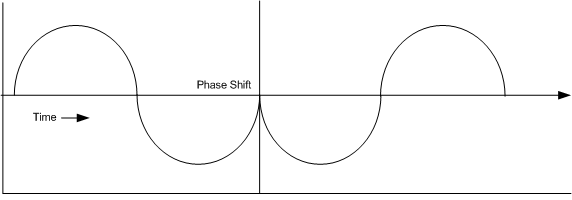In this lecture, we’ll dive into the concepts of phase and amplitude in radio frequency, which are key to understanding wireless communication. Let’s get into what phase and amplitude mean, their functions, and how they’re used.
Exploring Phase

Phase in radio waves refers to the comparison between two waves. Picture this: you’re sending a wireless signal, but as it travels through the environment, it can bounce off materials, creating multiple reflections. This results in the receiver getting multiple copies of the original wave.
In this context:
- In-phase waves mean that the reflected wave aligns with the original wave, reinforcing it.
- Out-of-phase waves, however, occur when the reflected wave is the opposite of the original. If a wave is fully out of phase, it can cancel out the original signal entirely, resulting in lost signal strength.
Wireless LAN uses Phase Shift Keying (PSK), a modulation technique that modifies the phase of the wave to encode data. With PSK, the phase is shifted to represent data as a modulated signal, enabling data to travel from one point to another. Keep in mind, however, that out-of-phase reflections can be problematic, as they may cancel out the original wave, weakening the signal—a key factor when designing networks.
Apologies, the Full Lesson Access is Only for Members....

Get Access to all Lessons from different Vendors
Affordable Price to Enhance your IT Skills!
Always Accessing all Lessons including the New Added Ones

100% Satisfaction Guaranteed!
You can cancel your membership at anytime.
No Questions Asked Whatsover!

0 Comments